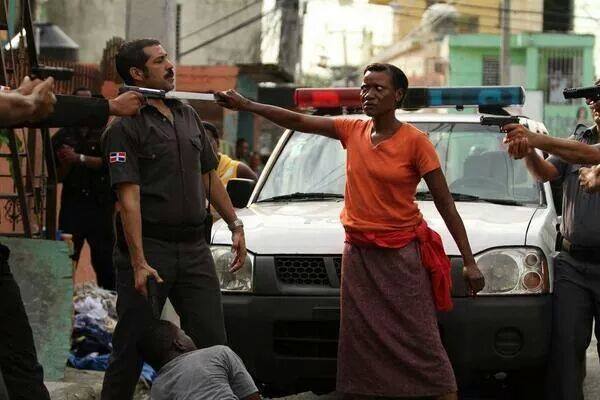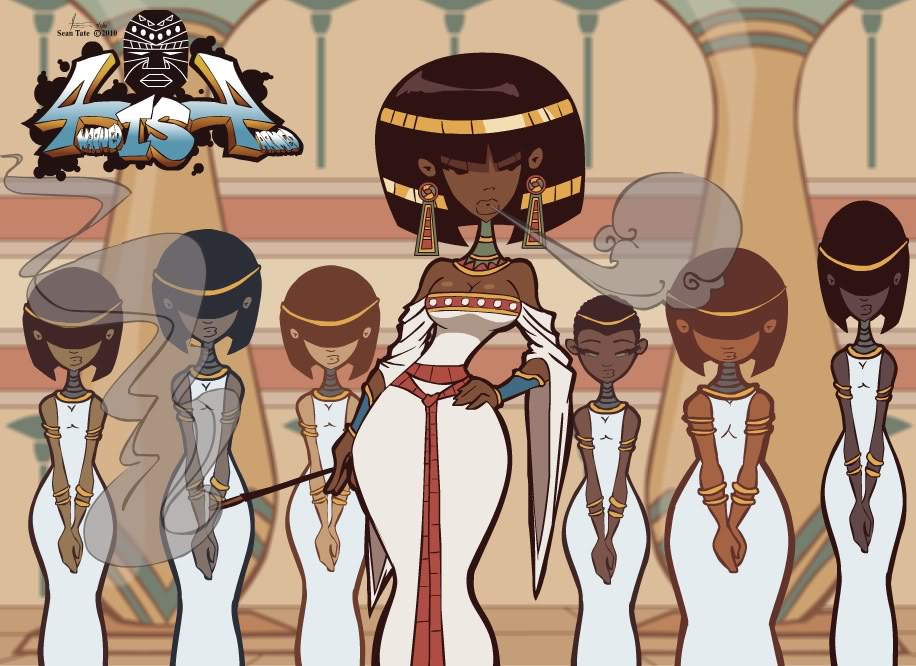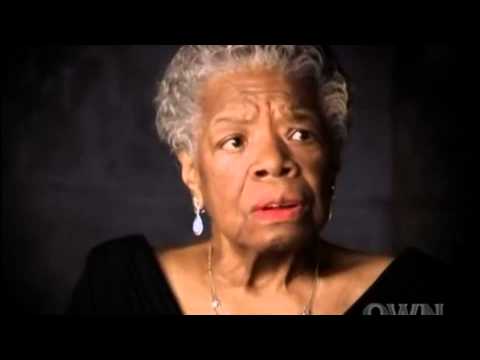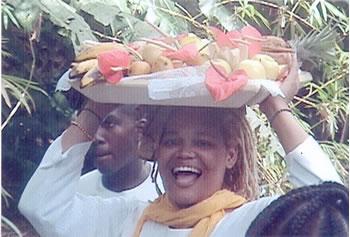
In the Dominican Republic right now, someone’s son or daughter is being spit on, murdered, treated like dirt, emasculated, denigrated, subjugated. Why? Because they are so-called Black.
In the Dominican Republic, a mixed ‘mestizo’ society, to be so-called ‘Black’ is to be considered suboid, less the ‘perfect’. I have blogged about this more that once, as it manifests itself in true self-hatred among the African descended population, and worse, outright horrific shit against Haitians.
That it’s making the news now, is one thing. However, Dominicans have been doing evil to the Haitians within their borders for not short number of years.
These brother’s and sisters, sons and daughters of a revolution that spawned freedom for the melanated across the Western Hemisphere, are still embargoed by the hemisphere their ancestors fought and died to free. They are cordoned off, marginalised, forgotten. Five years later, we still glaze over the fact that a quarter of a million Hatians died in one go. We cared for nine months, and moved along.
In this blog, you will find many commentaries about Haiti and it’s situation. In the Dominican Republic, right now, someone’s son or daughter is being murdered, raped… ‘ethnically cleansed’.
In this one image, I hope you see the Spirit that made us all free. The Loa came down and helped make these people’s Ancestors strong enough to survive and fight for freedom. The Loa have kept these people in horrendous conditions we can only imagine who are outsiders.
When Haiti is free, and Haitians held in the highest esteem across this planet, then this planet will truly know peace. I’ve said it before, I say it now. When the last shall be first, and the first are last, then we shall know peace.
I’ve tried to keep writing about Haiti and the Haitian experience in the Diaspora, whenever and wherever I can, and I especially want to draw attention to what is going on in the Dominican Republic.
This article, “One Island, Two Worlds: Conflict between The Dominican Republic and Haiti”, highlights some of these issues:
Many of the current problems between Haiti and the Dominican Republic are based on the fact that millions of Haitians are currently living in the Dominican. Even though some of them were born in the DR, the police and the general public still mistreat them. They have been accused spreading cholera, taking jobs, and increasing crime. Cristo Rey is not the first film to deal with the issues experienced by Haitian migrants living in the Dominican Republic. The Price of Sugar(2007) is a documentary that shows how Haitian immigrants are exploited for the production of sugar. These films also speak to a recent policy by the Dominican government to crack down on Haitian immigrants, many of whom emigrated from Haiti because of continuing political instability and high unemployment.
Stories of immigration — and the issues that arise from it — are ones that many North American audiences can relate to. Yet the Dominican Republic and Haiti have a history of tension that existed long before the earthquake. The island of Hispanola was one of the first colonies of the Spanish Empire. It was later ceded to France during the French Revolutionary Wars 1795. During this period Toussaint L’Overture led a slave revolt, which led to the formation of Haiti (to date this is the only successful slave revolt). France still controlled the Spanish-inhabited portion of the island after Napoleon Bonaparte imprisoned Toussaint in France.
After Napoleon’s defeat in Europe in the early 1800s, the island returned to Spanish control, but Haitian forces succesfully attacked and controlled the territory, not for the first time. The Haitians imposed a heavy tax on the Dominican and nationalized most private property, both of which led to economic decline. The Dominicans rebelled against this Haitian government, and the legacy of animosity between these two countries grew.
This animosity reappeared in the worst way in 1937 when thousands of Haitians living on the Dominican side of the border were massacred by the Dominican army. Part of the anti-Haitian rhetoric is rooted in the propaganda of the Trujillo government, which was responsible for the massacre. A good book on this particular era is The Dictator’s Seduction: Politics and the Popular Imagination in the Era of Trujillo (2009) by historian Lauren Derby.
The tension between both countries serves as one example of how many conflicts across the globe today have their roots in the conquests of colonial empires (whether it is Spanish, British, French, or otherwise). Since then, people have had to learn how to cope with the national identities and borders that were laid out for them by their colonial masters. Yet people today are not without agency and blame rests only partly on past aggressors. History provides us with lessons, but it should not be used to place blame on any one group.









Add comment